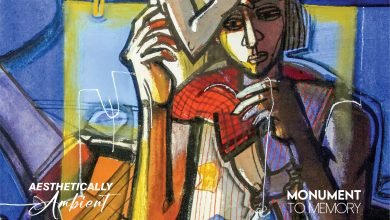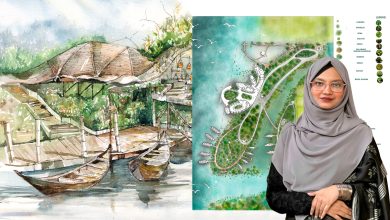Bangladesh’s jute and textile tradition dates back many years, but due to improper maintenance, inadequate exposure, and our own irresponsibility, it is rapidly disappearing. The goal of this project is to provide a setting where jute, the Golden fiber from earlier ages, may be conserved, represent national tradition, and inspire the next generation to value for the culture and those who have lost their connection to it. The project is proposed by Esrat Jahan Onty, a student of BRAC University. Her studio guides were: Dr. Fuad Hassan Mallick, Ar. Abul Fazal Mahmudun, Ar. Naim Ahmed Kibria and Ar. S M Kaikobad.
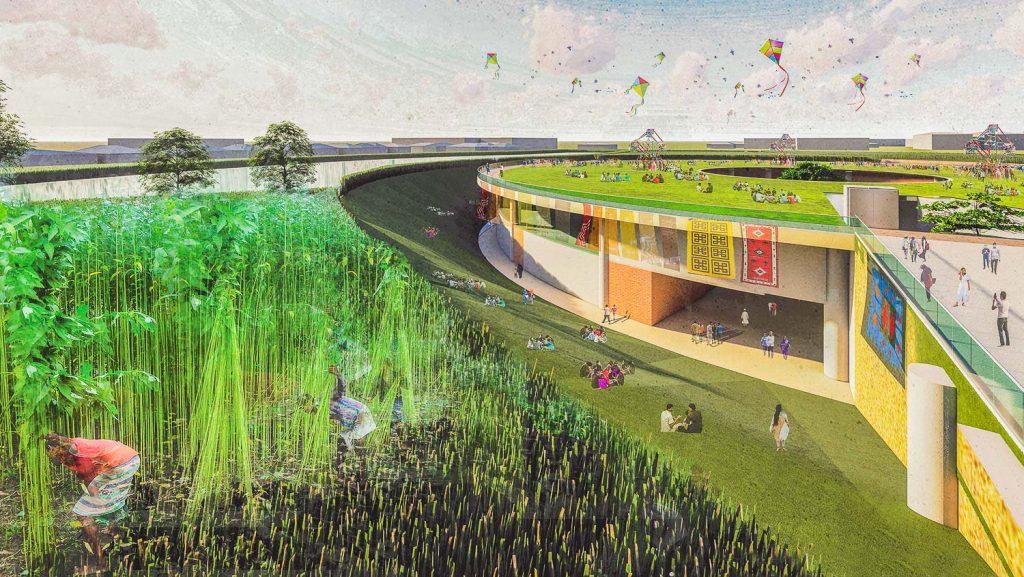
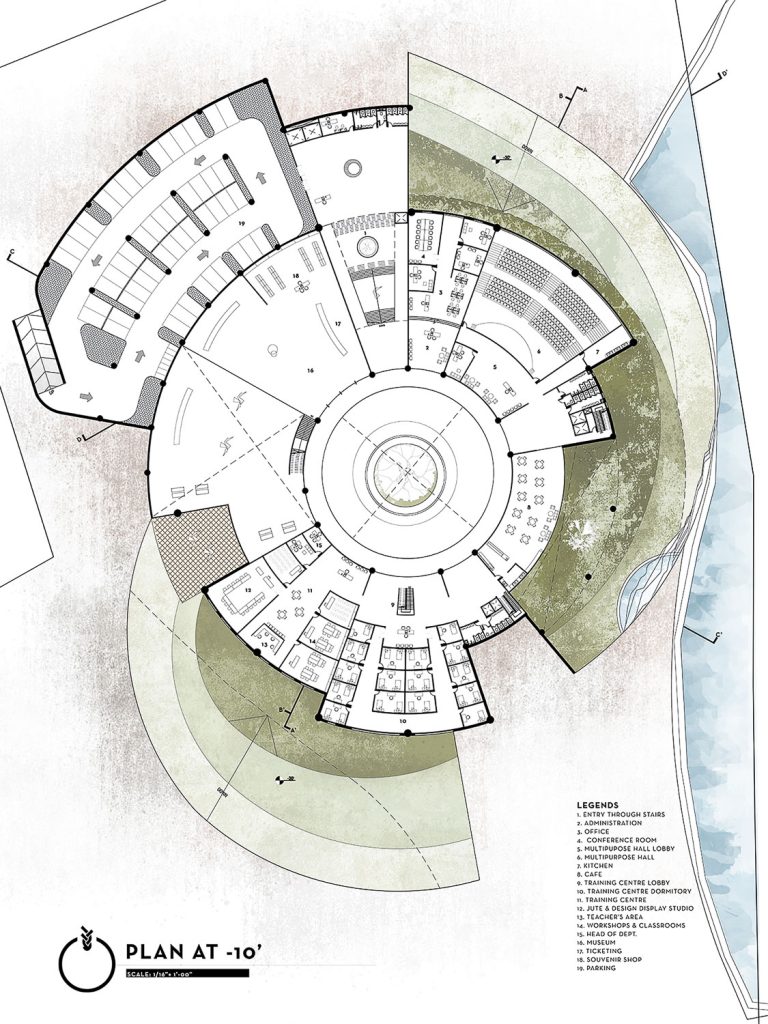
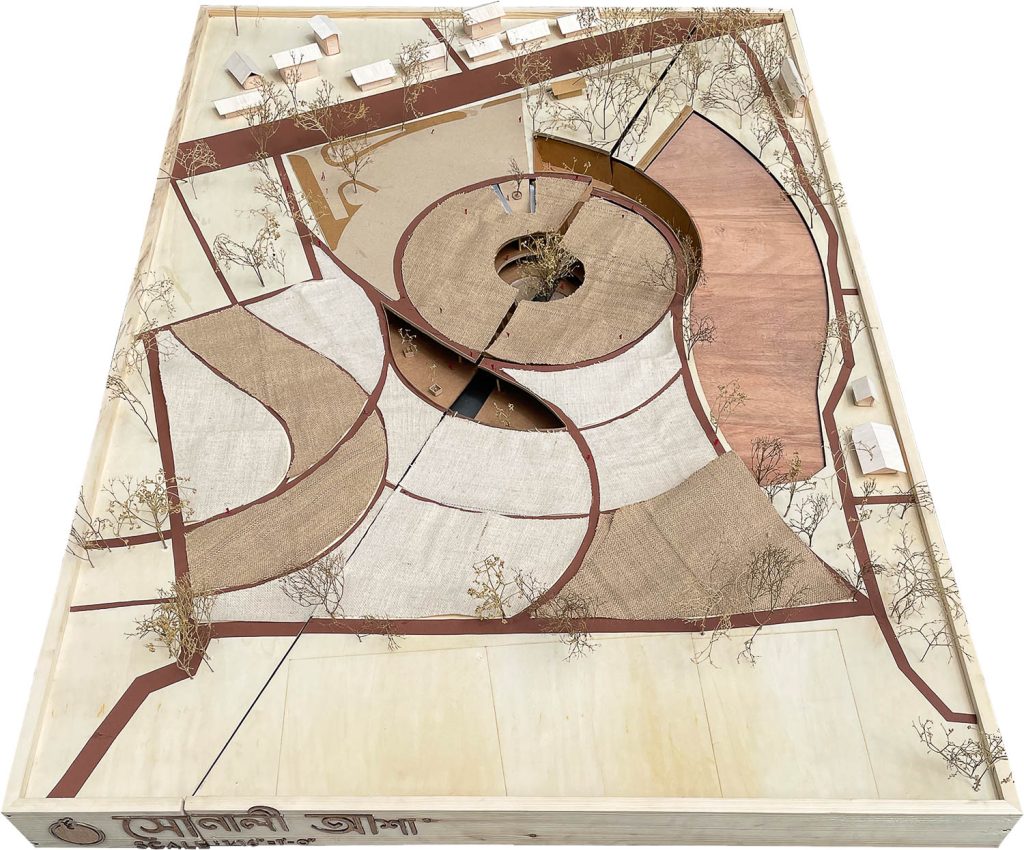

Bangladesh’s socioeconomic and cultural existence has been influenced by the deltaic terrain that the country’s major rivers and their tributaries have formed. Through the years, it has also had an impact on jute and textile industries. Jute is called the Golden Fiber of Bangladesh. Over three million small farm households rely on it as a primary cash crop. Not to mention that 70% of raw jute is exported from Bangladesh, the largest exporter in the world. A varied community is formed by the traditional/native jute and textile industries. Jute and textile artisans received aristocratic support and possessed more advanced talents, which they often passed down from generations. However, because of its lower economic return and the fact that most of the individuals involved with it come from rural areas of our nation, its identity has substantially diminished over the past several years. The necessity for this endeavor was created by the aforementioned reasons.
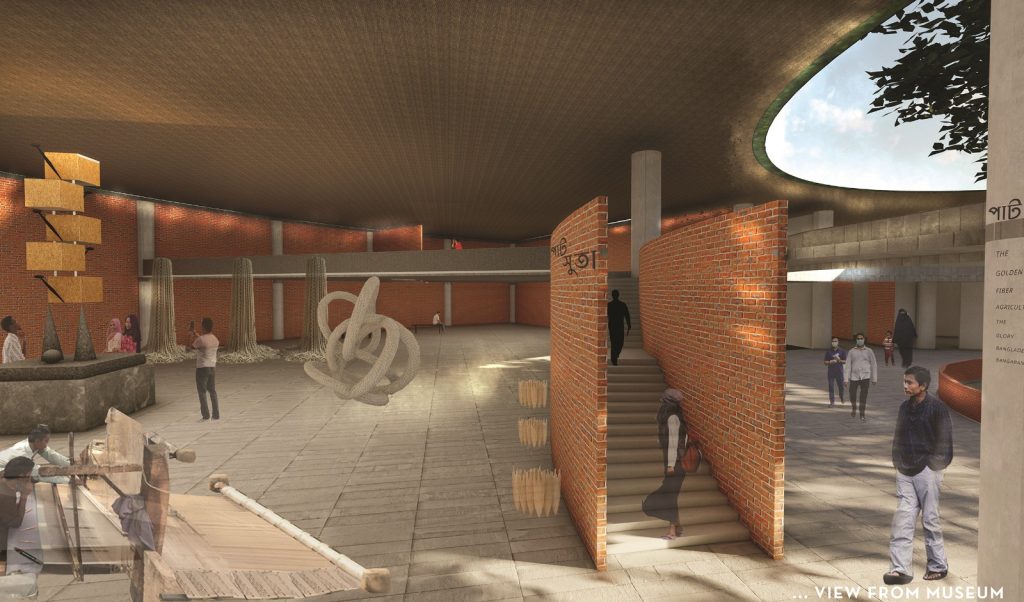
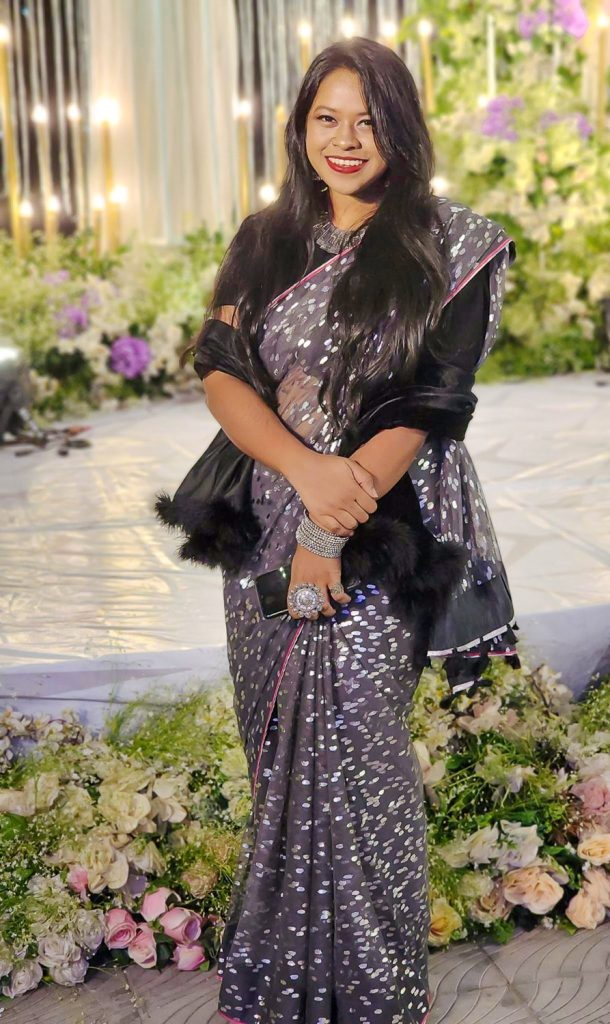
“সোনালী আশা” is a project that honors the history and golden fiber of Bangladesh. With the help of this project, the jute industry may be able to revive its legacy while also becoming more economically viable. Additionally, this idea can provide weavers and other artisans with a platform to demonstrate their abilities and the effort they put into the jute items made out of the golden fiber. The design infrastructure will bring through jute goods and cultivation solvency as a local heritage. People can visit the museum and learn about Jute culture, which can be the project’s immediate impact. On the other hand, the connection between our future generations and the golden history of Bengal Jute culture would be this project’s long-term influence. The project may benefit the jute industry and the return of jute as a cash crop in Bangladesh.

